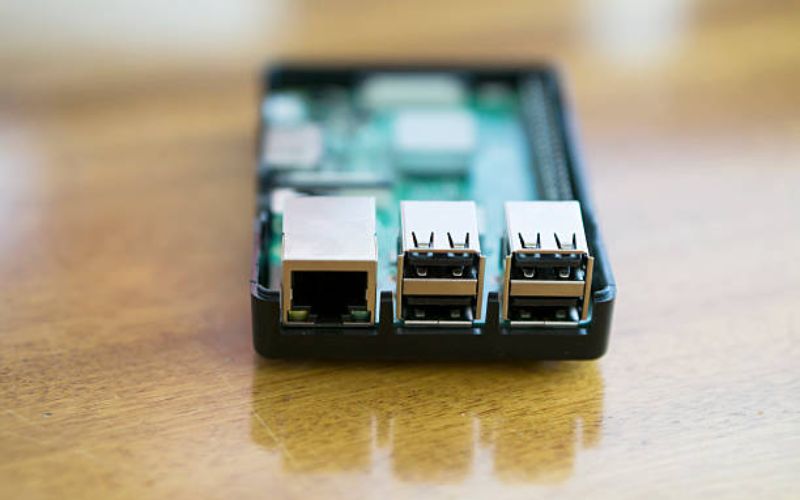When it comes to heat dissipation, there are two popular options - cold plates and heat pipes. Although both these solutions are designed to cool down electronic components and other devices, there are significant differences between them. In this article, we will explore the key differences between cold plates and heat pipes, and which one is better for your application.
Cold Plate
A cold plate, as the name suggests, is a kind of heat sink that uses a metal plate to dissipate heat. Cold plates are usually made of aluminum and copper and can handle thermal loads of 500 watts or more. They are also flexible in terms of design and can be manufactured to fit into various shapes and dimensions. Cold plates work by conducting heat from the device to the metal surface, which is then dissipated through the liquid coolant that flows through the plate. This liquid coolant can be water, oil, or a refrigerant.
Heat Pipe
A heat pipe, on the other hand, is a passive heat transfer device that uses evaporation and condensation of the working fluid to transfer heat. Heat pipes are usually made of copper or aluminum and are typically used to cool down electronic components such as CPUs, GPUs, and LEDs. Heat pipes are highly efficient in terms of heat transfer, and they can handle heat fluxes of up to 100 W/cm2. They work by transferring heat from the hot end to the cold end using the phase change of a working fluid, typically water or ammonia.
Key Differences
So what are the key differences between cold plates and heat pipes? Let's take a look:
Heat Flux Capacity
Cold plates can handle higher heat loads than heat pipes, with some cold plates capable of dissipating heat fluxes of up to 500 W/cm2. Heat pipes, on the other hand, can transfer heat loads of up to 100 W/cm2.
Orientation Dependence
Cold plates are unaffected by orientation and can be used in any position. Heat pipes, however, are highly dependent on gravity and work best when oriented vertically.
Pumping Requirement
Cold plates require a pump or other source of fluid movement to transport the coolant throughout the plate. Heat pipes are passive, meaning they do not require any external power source or pumping system.
Cost
Cold plates tend to be more expensive than heat pipes due to their more complex design and the need for additional components such as pumps and tubing.
Design Flexibility
Cold plates offer more design flexibility than heat pipes, as they can be manufactured to fit into almost any shape or size. Heat pipes are typically limited to straight or slightly curved designs.
Serviceability
Cold plates are easier to service than heat pipes, as they can be opened up and cleaned or repaired. Heat pipes, on the other hand, are sealed units and cannot be easily opened without damaging the device.
Operating Temperatures
Cold plates are typically used in applications that require lower temperatures, such as liquid cooling systems for CPUs and GPUs. Heat pipes, on the other hand, can operate at much higher temperatures, making them suitable for cooling down power electronics and other high-temperature applications.
Weight
Cold plates tend to be heavier than heat pipes due to their larger size and the additional weight of the cooling liquid and other components. Heat pipes, however, are lightweight and compact, making them ideal for space-constrained applications.
Reliability
Both cold plates and heat pipes are highly reliable, with a mean time between failure (MTBF) of several years. Heat pipes are especially reliable, as they have no moving parts or internal components that can wear out or fail.
Applications
Cold plates are typically used in applications that require high thermal conductivity, such as liquid cooling systems for data centers, industrial machinery, and medical devices. Heat pipes, on the other hand, are used in applications that require high heat flux densities, such as power electronics, LEDs, and spacecraft thermal management systems.
Which One Is Better?
So, which cooling solution is better - cold plate or heat pipe? Well, it depends on your specific requirements. If you need a cooling solution that can handle higher heat loads, is unaffected by orientation, and offers more design flexibility, then cold plates may be the better choice. On the other hand, if you need a lightweight, low-cost, passive cooling solution that can handle high heat flux densities, then heat pipes may be the way to go.

